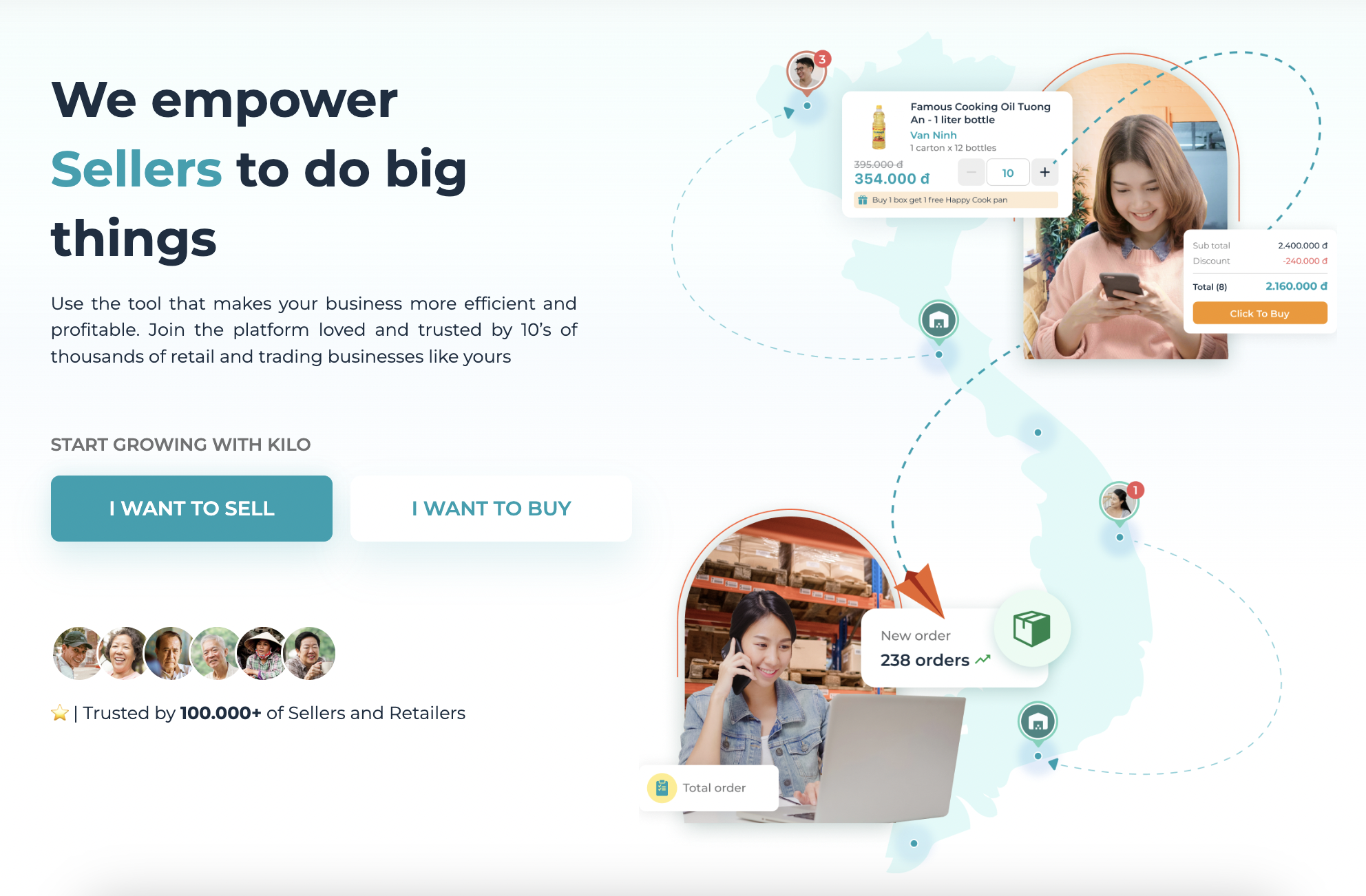Before we start
This document is created as an example business case for Xsolar company. It is written with a certain amount of assumptions due to the limited resources of time and personal resources for the sake of the test. Those are listed below:
- This document will consider the given company landscape context presented on the company website.
- The problems and prioritization being made for the solutions is only based on the writer’s opinion, in practice, it needs actual user interviews.
- Note that the content of this document is not considered to be confidential. Any information that is required to be non-disclosable won’t be included.
Context
Founded in 2023, XSolar offers comprehensive solar panel systems for homeowners, enabling customers to generate clean energy and reduce their reliance on traditional power sources. The company’s solution focuses on designing and installing customized solar panel systems for commercial properties, helping businesses harness the power of the sun to meet their energy needs. Xsolar solutions are tailored to each client’s requirements, maximizing energy efficiency and delivering long-term savings.
As part of the company solutions, Xsolar provides users with real-time monitoring, asset management, and data analytics features, via a user-facing integrated management software that empowers businesses to efficiently maximize performance and optimize investment. With that objective in mind, this document will focus on exploring the opportunities for this app revolving around 2 following cases:
- 1st case: Suggest the improvements for the current application/dashboard.
- 2nd case: The Xsolar system will be integrated with smart home applications. Defining the roadmap for this strategy.
Provider landscape
The energy industry, specifically solar energy has been around for years. In terms of both solar solutions and management applications, there are proven features that are included in the app from the provider. Below are the feature benchmarks of some of the biggest solar energy manufacturers in the US:
| Feature | SunPower | Sunrun | Tesla Solar Roof |
| Overall | A leading solar panel manufacturer and installer, known for high-efficiency panels and a user-friendly mobile app that allows homeowners to track energy production, battery storage (if applicable), grid energy use, and home energy consumption. | The largest residential solar company in the US, offering solar panel leases and power purchase agreements (PPAs) with monitoring and management tools accessible through a user app. | While their main product is a solar panel integrated roof system, Tesla also offers a monitoring app that allows users to track solar energy production, home energy use, and grid interaction. |
| Monitoring | Real-time & historical energy production include data on grid energy produced, and home energy consumption | Real-time & historical energy production | Real-time & historical energy production, home energy consumption |
| Data Visualization | Interactive charts & graphs | Charts & graphs | Interactive dashboards & visualizations |
| Alerts & Notifications | System alerts for maintenance or malfunctions | System alerts & notifications | System alerts & notifications |
| Energy Cost Tracking | Track estimated vs. actual energy bills | Track estimated cost savings | Track energy cost savings & potential grid interaction costs |
| Bill payment | Pay on the website with a monthly bill. | Pay on the website with a monthly bill. | Integrated with the Tesla website. Can pay once, or pay monthly with billing detail reports. |
| Battery Storage Integration | Monitor battery health & performance (if applicable) | Monitor battery health & performance (if applicable) | Monitor battery health, performance, & consumption |
| Remote Control (optional) | Limited control features for battery storage & home energy management (Tesla Powerwall) | ||
| Mobile App | Yes | Yes | Yes |
User personas
Based on the target audience of Xsolar, the personas below are created to define the right solutions that match their pain points and needs.
| Personas | Kha Nguyen (Residential household owner) | Lam Ho (Commercial/large scale customer) |
| Demographics | Age: 38 Location: Ho Chi Minh City, Vietnam Occupation: Marketing Manager Family: Married, 2 young children Lifestyle: interested in saving money, like to use new technology and user-friendly app. | Age: 55 Location: Binh Duong, Vietnam Occupation: CEO of a factory. Company Size: 250 employees Business Goals: Reduce the company’s environmental impact and electric consumption costs. |
| Needs | – Easy-to-use app to monitor her home’s solar energy production in real-time. – Track her family’s energy consumption from the solar and monitor its battery. – Receive alerts for system maintenance or potential issues. | – Advanced data analytics and reporting tools to track the facility’s energy usage patterns. – Monitor the performance of the solar panel system and identify potential efficiency improvements. – Compare energy production with historical data and grid energy use. |
| Pain points | – Difficulty understanding complex app.- Limited time to learn detailed app features. | – Advanced option to export data to csv and payment bill details.- Lack the level of data granularity |
Solutions
1st case: Suggestion/Improvement to current apps
Define issues
Before getting into the solutions it’s necessary to list out all rooms that need improvement. However the product is still being developed, so all of the below problems are probably expected at this stage.,
- Bad UI/UX:
- Compared to other applications in the market, the app layout is hard for the target user (Persona Kha Nguyen) to comprehend and navigate.
- Metrics/Terms in the app are not self-explanatory. For example: f_ac.
- The app is not mobile responsive.
- Report data doesn’t have customizations for different time chunks.
- Information like weather is standing alone and doesn’t show any connection to the solar energy equipment.
- Not meeting user needs:
- Some information that are important to the user but is not highlight first in the dashboard. Energy produced and consumed can be moved to the forefront of the dashboard.
- Some metrics are what the user cares about but are hidden away from what the user sees first.
- Some advanced analytics is needed at grid level for advanced/commercial users (Persona Lam Ho)
- The app lacks standard features for an energy management app like Alert, Bill, and Payment.
- Bill isn’t automatically issued and displayed.
- Some information that are important to the user but is not highlight first in the dashboard. Energy produced and consumed can be moved to the forefront of the dashboard.
Suggestions
The suggestions are written in user stories and ranked with the Moscow prioritization method.
| Features | User story | Prioritization | Description |
| Allow users to view energy produced and consumed from my solar installment. | As a user, I would like to view data and user friendly visualizations of how energy are consumed and produced from the solar grids, so that I am able to monitor the return on my investment in the equipment | MUST HAVE | – User-friendly user visualized graphs.- Provide overall metrics. |
| Allow users to use the app on mobile easily | As a user, I would like to use the app on my phone, so that I can track solar system when I need to and is away from my computer. | MUST HAVE | – Make the app mobile-responsive |
| Allow users to view data with customization on time | As a user, I want to know the data of my solar system based on a customized time view like at a month, or year, so that I can see how energy varies from time to time. | MUST HAVE | – Add filters and customization for reports. |
| Allow users to track data at grid level easily | As a commercial user, I want to track the energy at grid granularity | MUST HAVE | – Allow users to view data and interact with each grid. |
| Allow users to view their bills automatically | As a user, I want to view my bills easily so I’m able to take action on the bills. | MUST HAVE | – Display bills as a table for easier view.- Add statuses of each bill. |
| Integrated payment methods to allow users to pay directly from the app. | As a user, I want to pay my installment bill directly from the app, so that I can pay for the bill faster and track paid bills. | SHOULD HAVE | – Integrated with payment methods like bank transfer or Card. |
2nd case: Integrated with smart homes
Overview
Integrating XSolar’s solar energy equipment with a smart home system can unlock several functionalities that optimize energy use and enhance user experience, especially for residential household owners. (Persona: Kha Nguyen). Below are some advantages of integrating Xsolar with a smart home system:
- Smart optimization: After integration, the smart home system can monitor real-time solar production and automatically adjust appliance usage (washing machine, light) to solar energy in certain times of the day.
- Enhanced monitoring of electric consumption: Allows users to have a holistic view of how energy is consumed in all of the equipment in the house.
Below are some examples of applications that are integrated with smart home systems:
- Tesla Powerwall: Integrates seamlessly with Tesla solar panels and the Tesla app for smart home controls and energy management.
- SunPower: Offers SunPower One app which can connect with various smart home devices for some level of automation based on solar production.
Challenges
There are some challenges for XSolar to kickstart integrating with smart home systems.
- Partnership and Certification: Integrating with established smart home platforms might require partnerships and certifications, therefore it takes time for Xsolar to penetrate.
- Device Compatibility: Devices are built using different standards. XSolar needs to cover these standards when connecting with them.
Roadmap
Below is the suggested high-level development plan to integrate with the smart home system
| Stage | Stage 1: Research and Plan | Stage 2: Development and Testing | Stage 3: Launch and monitoring |
| Time | Est 2 months | Est 4-6 months | As long as it takes |
| List of work items | 1. Define the context of smart home systems in Vietnam, and technical standards to integrate with types of equipment in Vietnamese houses. 2. Identify potential hardware or software modifications needed to enable seamless communication with smart home hubs.3. Explore potential partnerships with smart home systems in Vietnam | 1. Develop protocols that enable Xsolar to communicate with smart home systems, and devices in the house. 2. Create a customer-facing app and features that allow the user to interact with the smart home and the solar energy system. 3. Launch user acceptance test to get feedback. | 1. Continuously monitor the performance and user adoption of the smart home integration features. 2. Analyze user feedback and data to identify areas for improvement and potential future feature enhancements. |






Leave a Reply